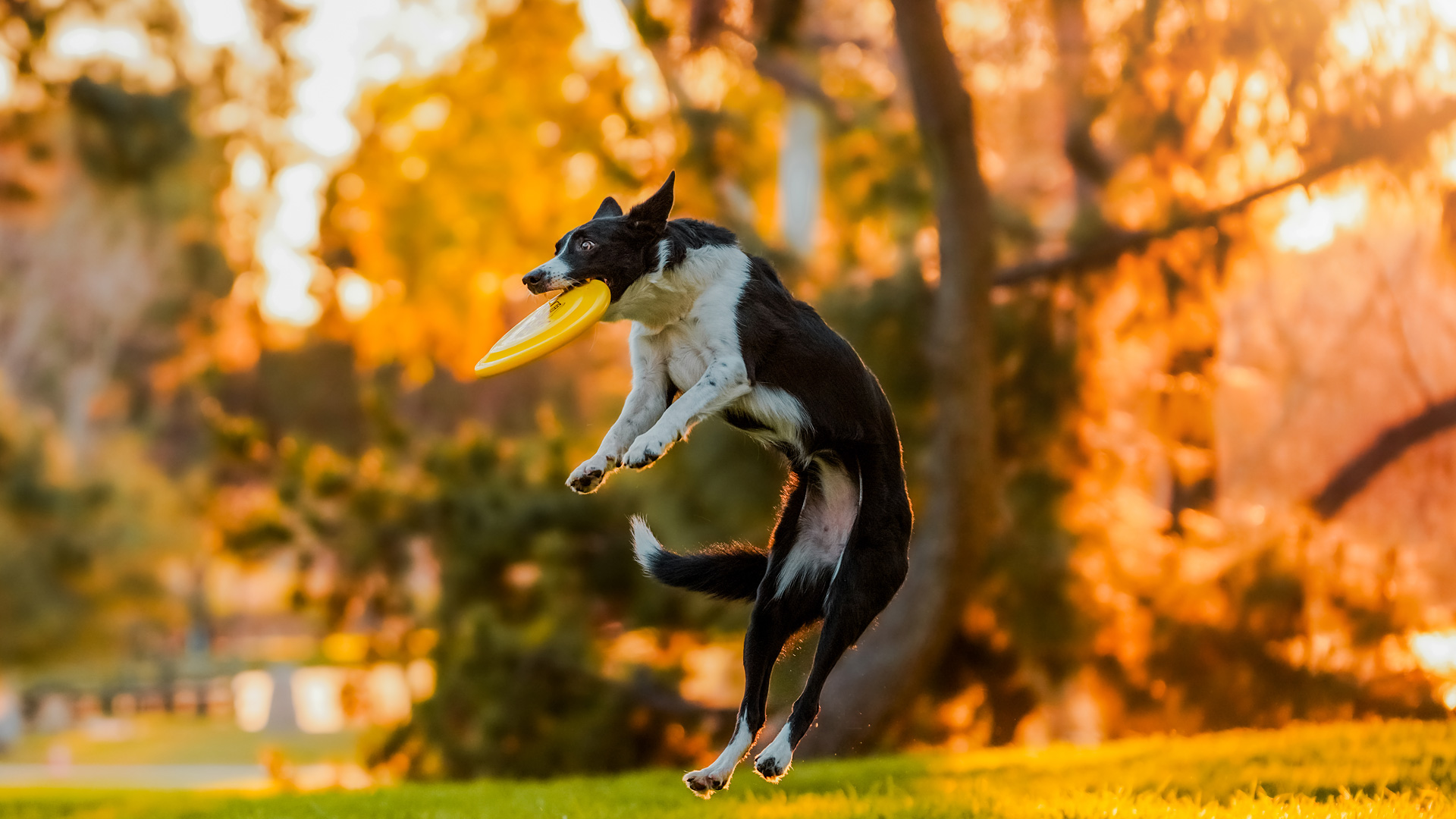I have quite the history with the 70-200mm focal length; it was actually the first lens that I ever purchased over seventeen years ago! A 70-200mm was also my only lens for about five years as I was saving to expand my collection. To this day, many of my pet photographs are taken with the 70-200mm F2.8. Needless to say, this lens is a familiar best friend.
So when the SIGMA 70-200mm F2.8 DG DN OS | Sports was released for my beloved Sony cameras… I was chomping at the bit to use it for my photo shoots. SIGMA’s earlier 70-200mm F2.8 DG HSM OS | Sports is one of the only reasons my DSLRs still have a home in a Pelican case, and it has been around the block a lot. It was time to bring the E-mount version up to speed and put it to the test.
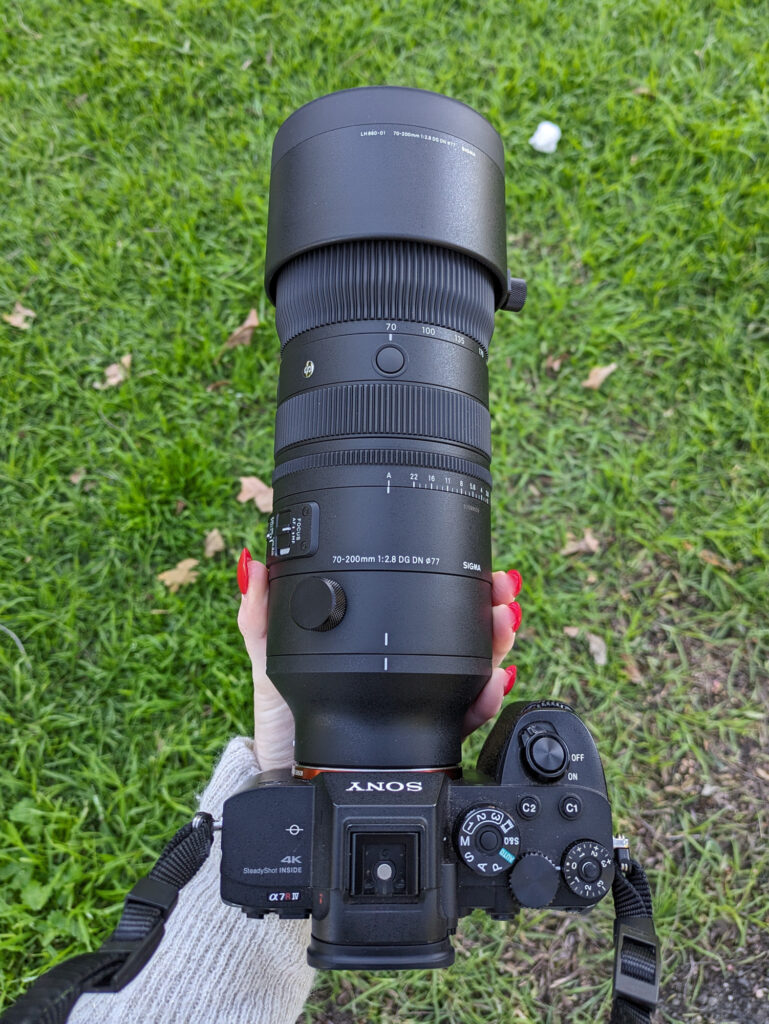
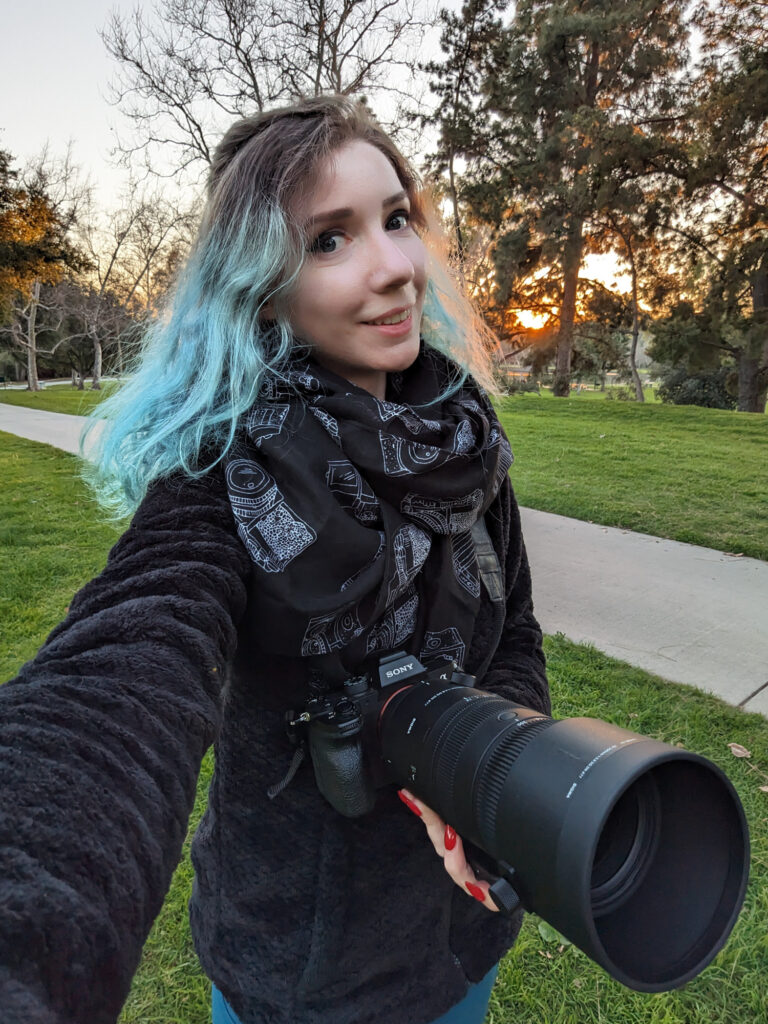
This shoot was perfectly timed as my dear friend Kirby McIlveen and her pack of talented pups (@theflyingcanines on Instagram) needed their yearly photo updates, especially as Kirby had just added a new member of the family, a puppy named Link! For those who haven’t seen Kirby and her flying canines, this awesome gal and her pups travel worldwide, competing at disc competitions and performing at events. Kirby’s love for this sport knows no bounds; her talented pups love to wow audiences with their mesmerizing disc tricks on television spots and halftime shows.
On a pretty Sunday afternoon, I grabbed my Sony A7R IV, threw the new lens into the bag, and got to work.

Upgrades over the previous version
I can tell you right off the bat that I immediately noticed the improvements to this model versus the previous DSLR version. For starters, the weight and size are a big upgrade. The DG DN version weighs just 47.1 ounces / 1335g (versus 63.7 ounces / 1805g in the DSLR version) and is also narrower, with the front filter thread being a smaller 77mm rather than 82mm. This lens felt better ergonomically in my hands, and was much more comfortable to use for longer periods. When photographing dogs for hours at a time, this makes a massive difference for your back, neck, shoulders, arms, and everything you use to keep the machine upright.
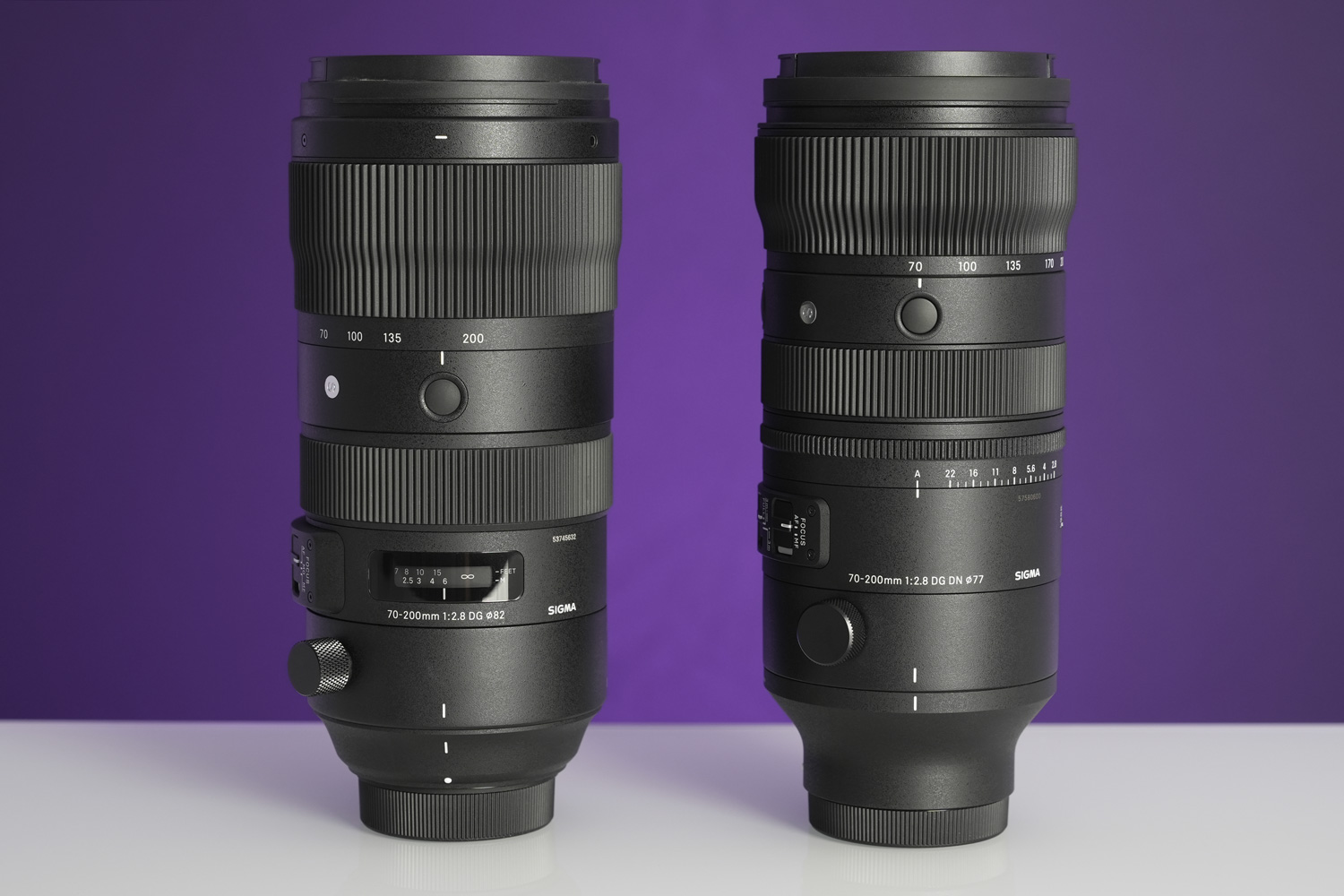
One of the things I love the most about mirrorless systems is that a lot of the functionality can be pushed into the lens rather than just the camera body. The build itself features three customizable autofocus lock buttons, stabilization settings, an autofocus/manual focus switch, a focus limiter, custom setting buttons (primarily for L-Mount users), and… drum roll please… an aperture ring on the barrel of the lens (which can be locked or unlocked, as well as clicked or de-clicked).
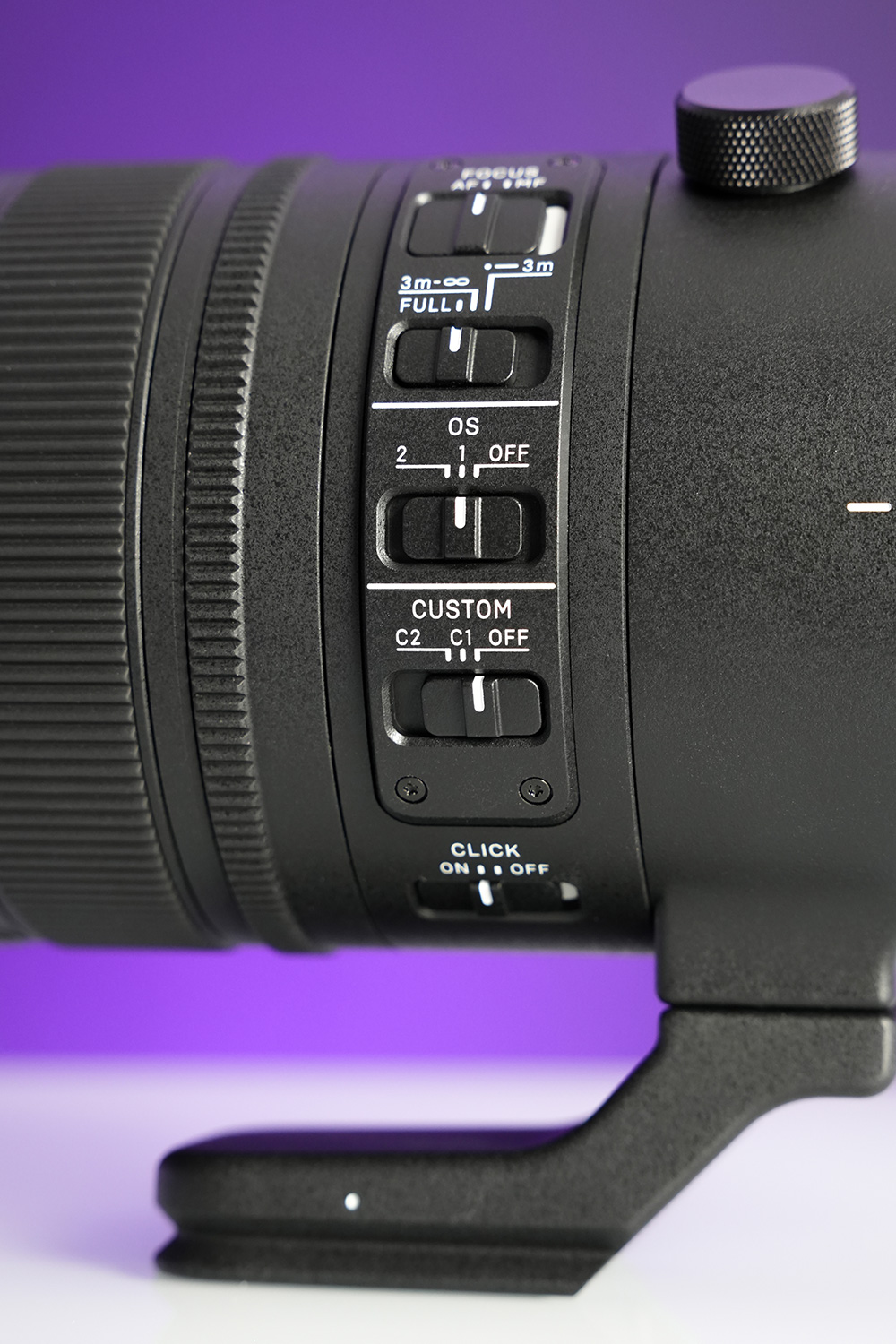
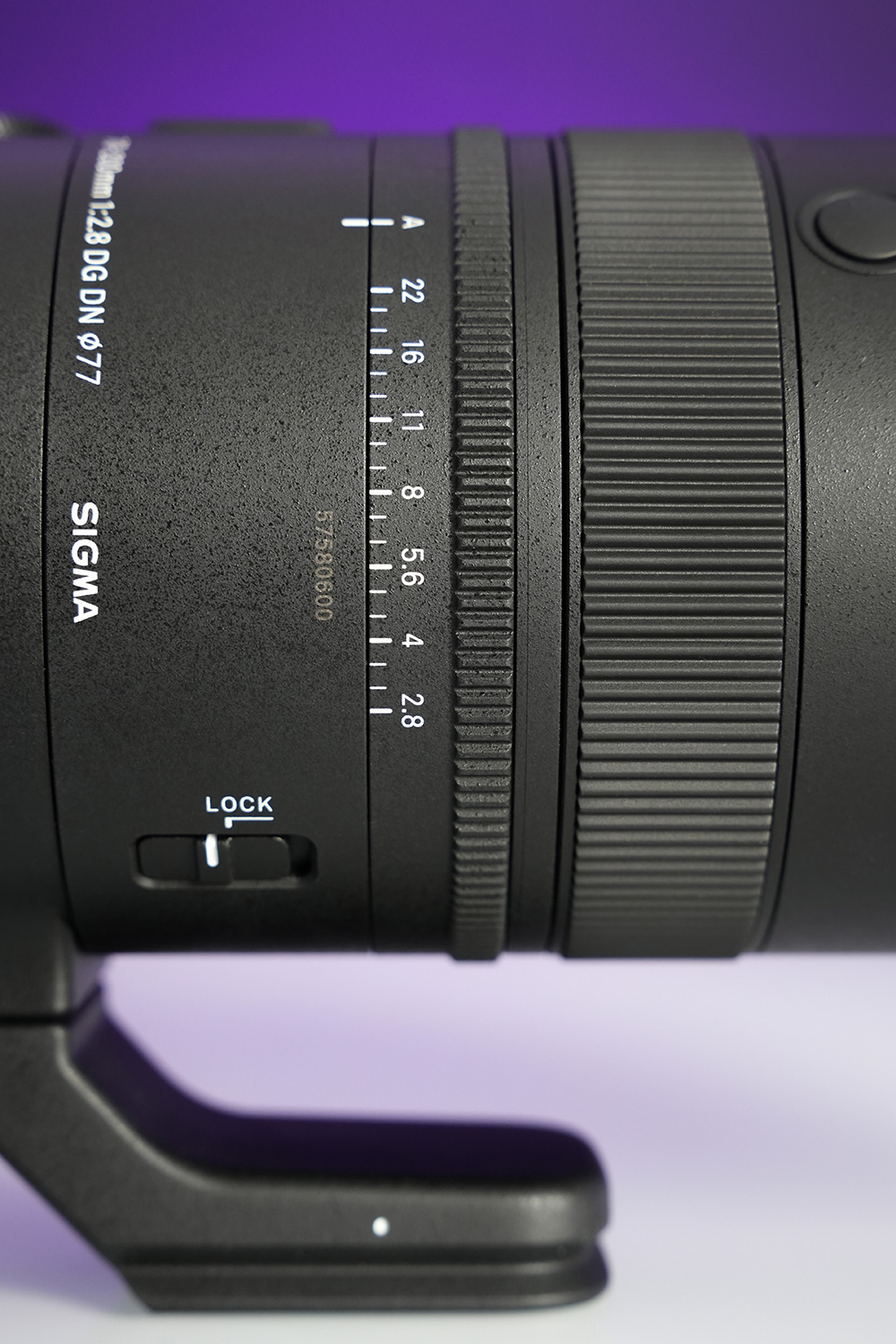
I LOVE THE APERTURE RING. I got so used to this feature in my SIGMA prime lenses that seeing it on the 70-200mm was such a delight. I like being able to make quick adjustments on the lens itself; it’s something I have become very acclimated to.
Although we didn’t hit any inclement weather with this particular shoot, the rugged construction proved useful when I kept putting the lens down on wet grass to get that low vantage point (hey, if a lens isn’t Anabel-proof… I don’t want it!) All of my lenses get put on wet grass, in dirt, on concrete, whatever needs to happen to get the shot I have envisioned. Considering the SIGMA Sports line is well-known for its ability to survive the photo shoot apocalypse (snow, hail, rain, maybe flying dog drool, etc.), I do not doubt this 70-200mm living up to that reputation.
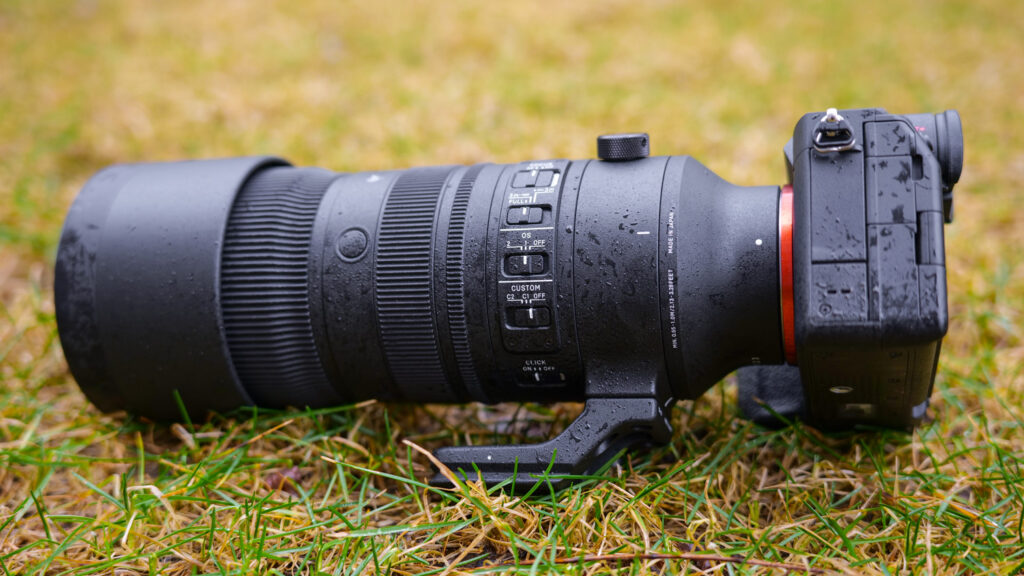
Focusing and image performance
With dogs running fast, erratically changing direction, and jumping high for their frisbees, this lens needed to meet the demand. Recent Sony cameras are known for their excellent animal detection focus, which means zilch if the lens can’t cooperate. With the SIGMA 70-200mm F2.8 DG DN OS | Sports, the autofocus was outstanding, locking and tracking the pups faster than I’ve ever (personally) seen. Even while photographing Flare, the little border collie / papillon mix in front of a a dark background, the focus still snapped on like a strong magnet.
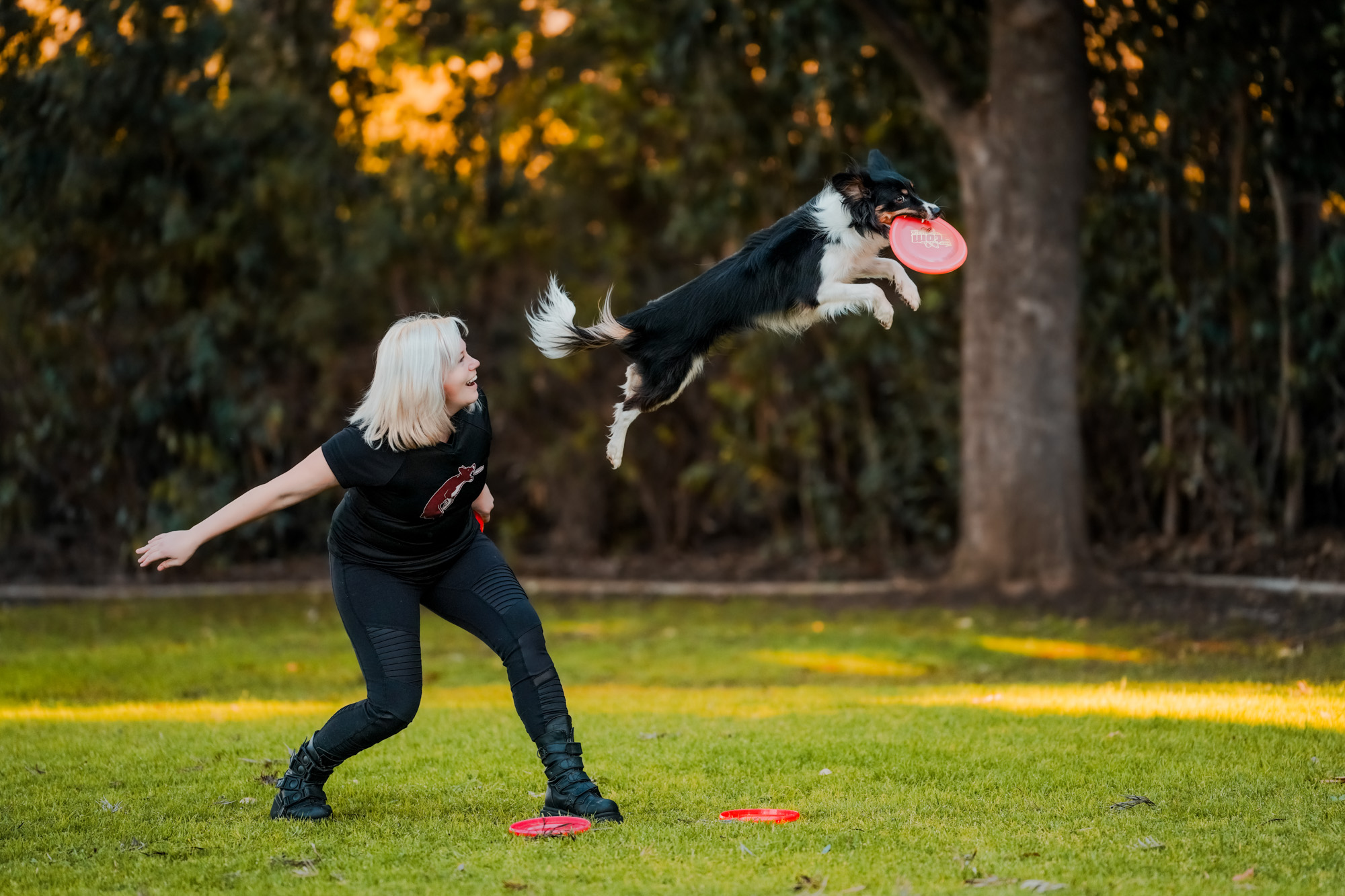
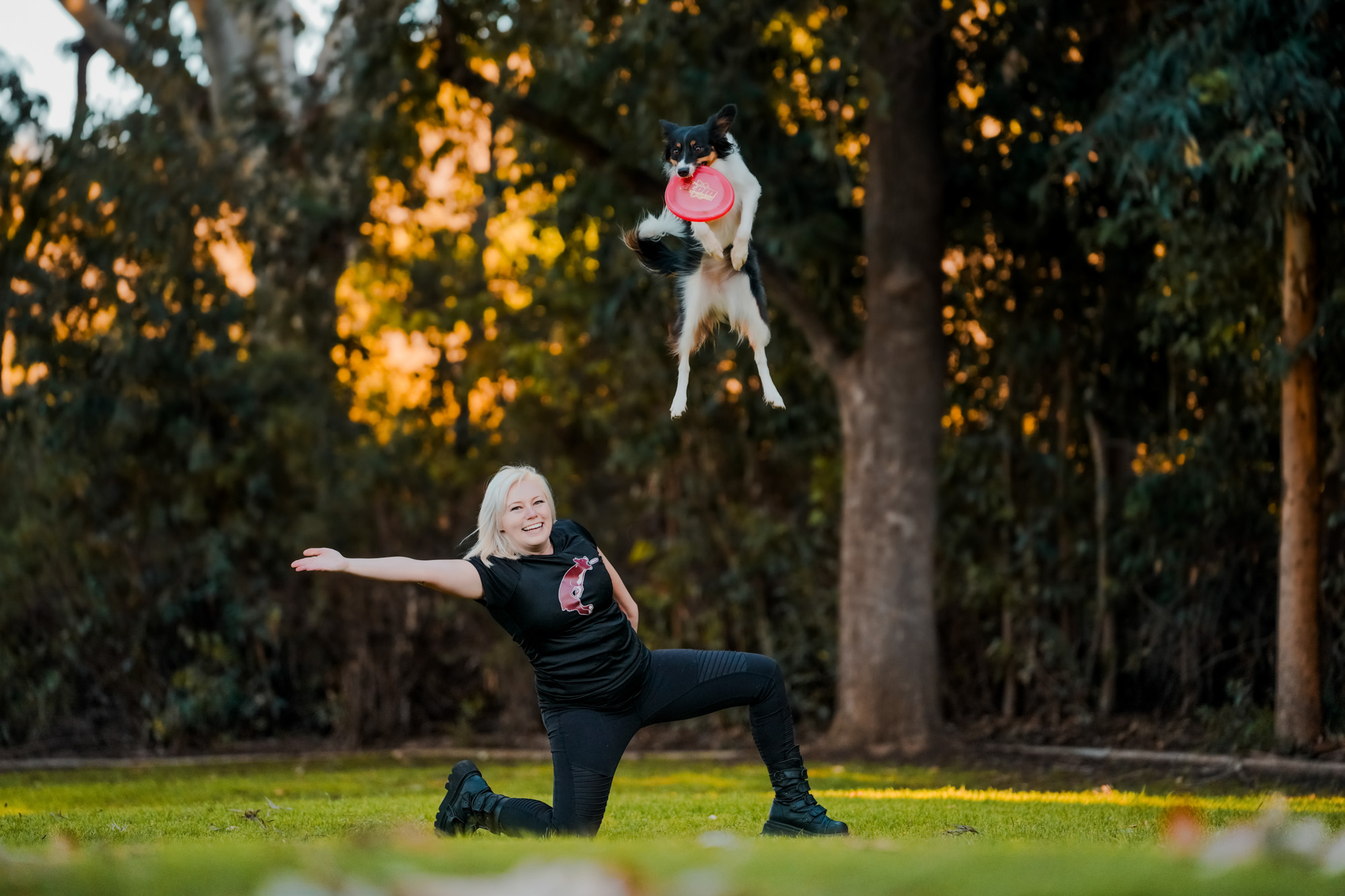
Whether the dogs were flying toward or parallel to me, the focus was top-notch in both scenarios. That’s the beauty of gear you can trust and depend on; all I had to care about was moving fast enough to ensure pups were well in frame! The communication between camera and lens was flawless, maintaining the fast burst mode of the Sony A7R IV as well.
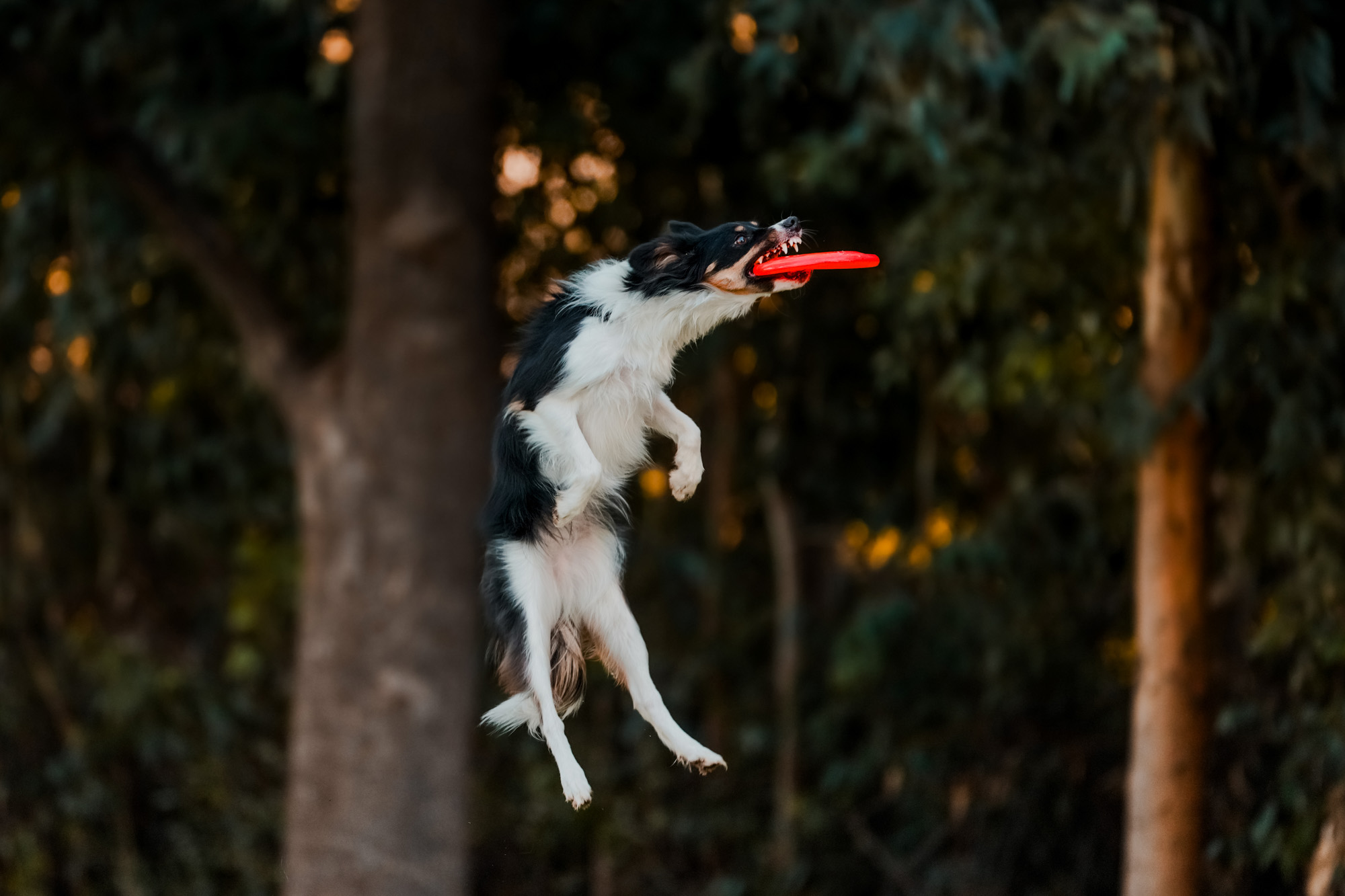
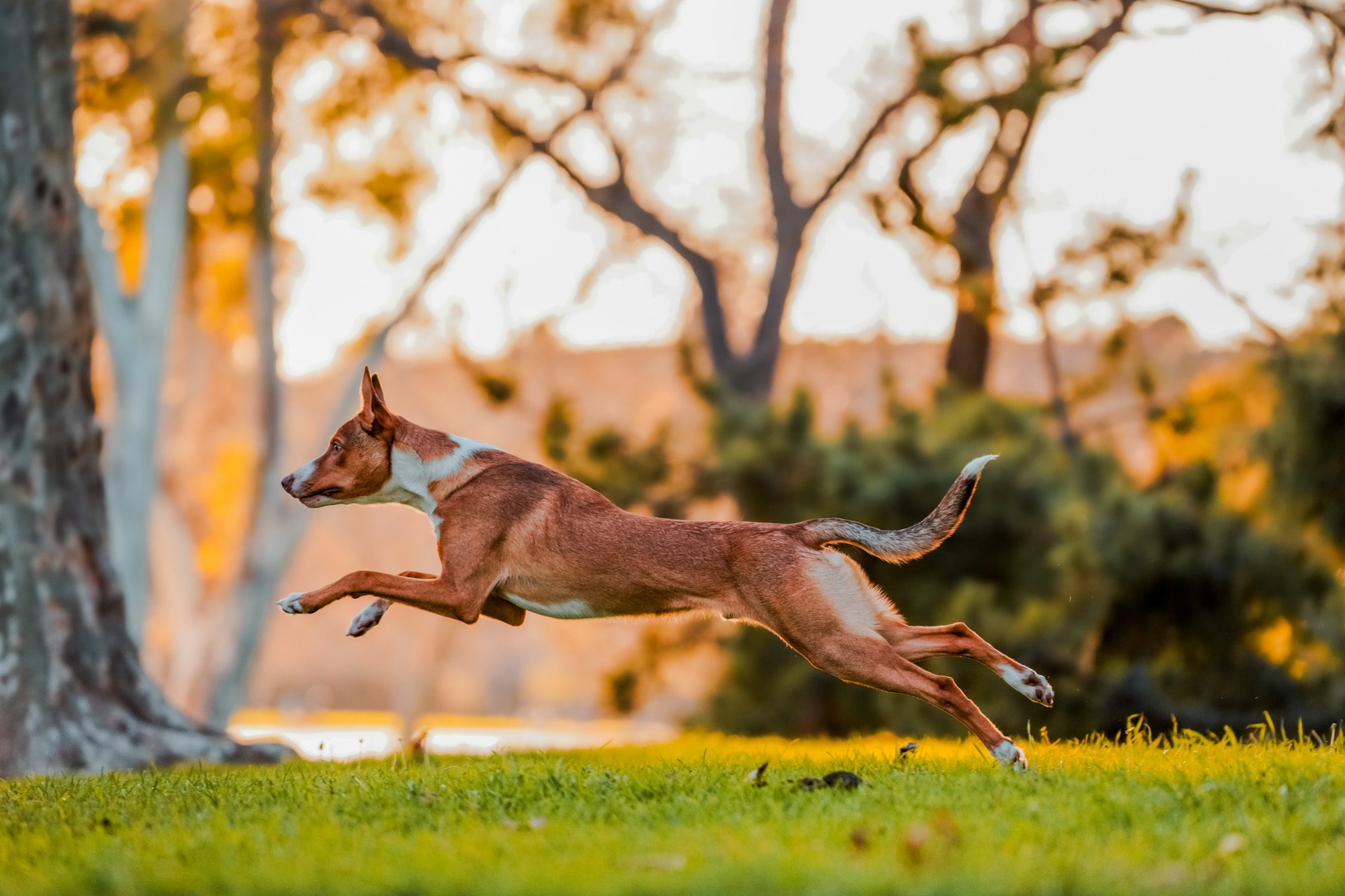
As the shoot progressed, the sun eventually found its way well down the horizon. This is when another neat feature became very apparent as well; the reduction of flare, ghosting, and other such aberrations. Even when Sora the border collie was right at the sunset, the images continued to come out clear and crisp.

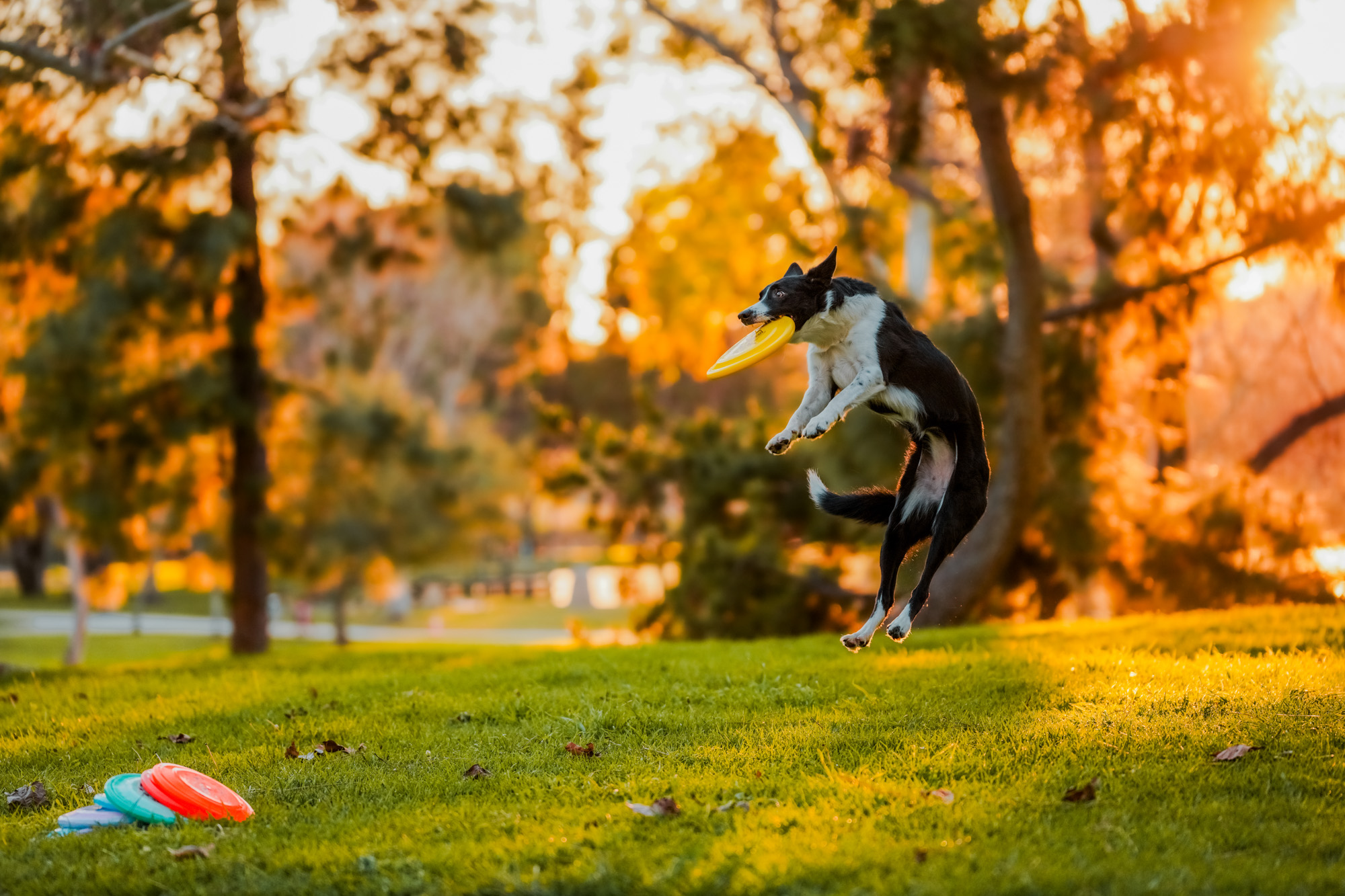
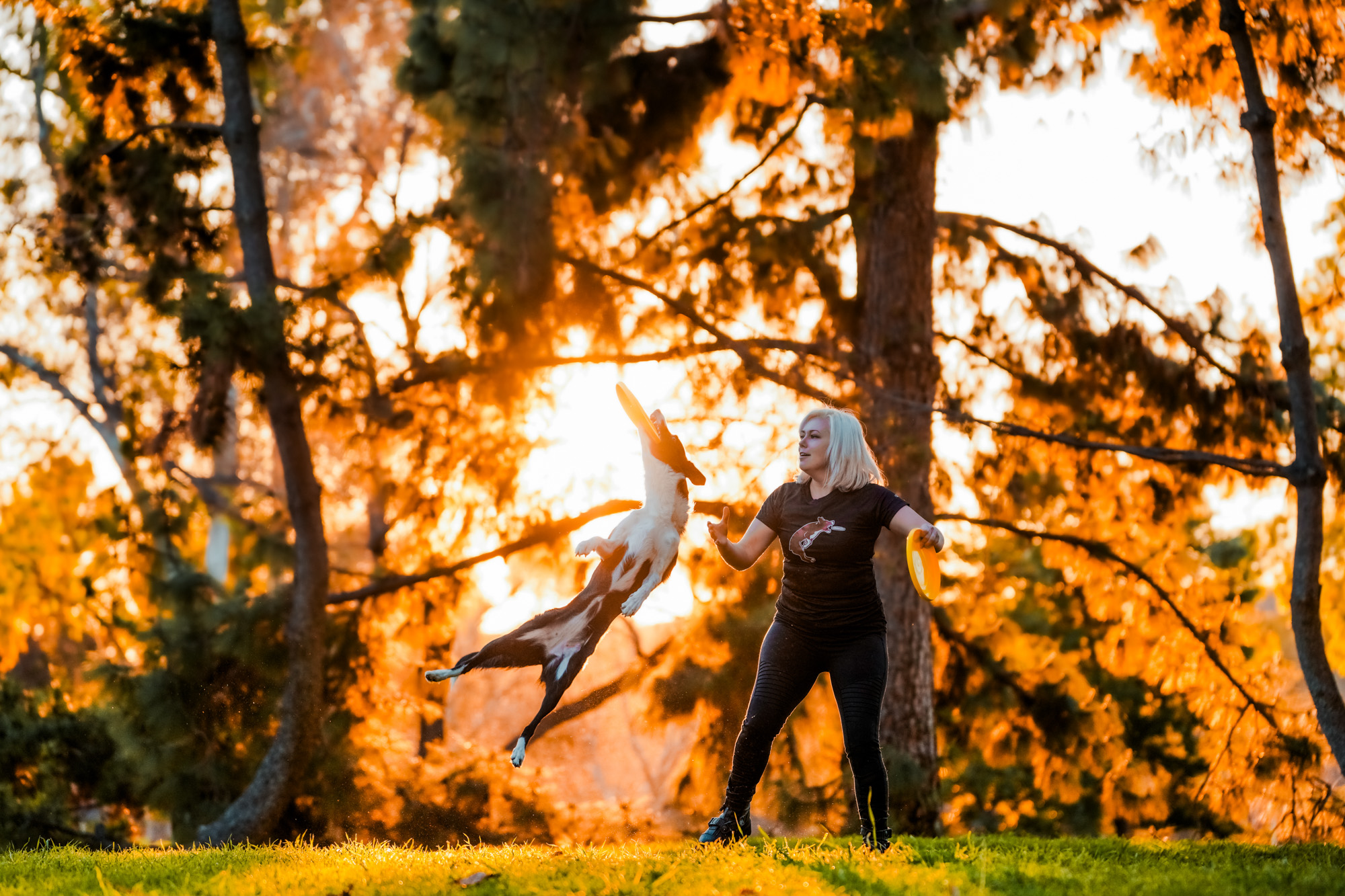
On that note, the optical stabilization system (dubbed OS2 with its upgraded algorithm) came in handy when we began quickly losing light. It’s always surprising how quickly “golden hour” begins and ends, and the OS helped keep this lens well on par with my ultra-wide aperture primes in regard to how long past sunset we could keep shooting! Because Kirby had to keep running back and forth to the car to grab dogs, time flew by fast.
Usually, my workflow in this scenario would be to switch to an 85mm F1.4 for the low-light ability – but thanks to the OS2 system, I stuck with the 70-200mm instead. Plus, I’m pretty exclusively a handheld shooter, so the OS2 Optical Stabilizer system giving you extra stops when needed is very helpful.
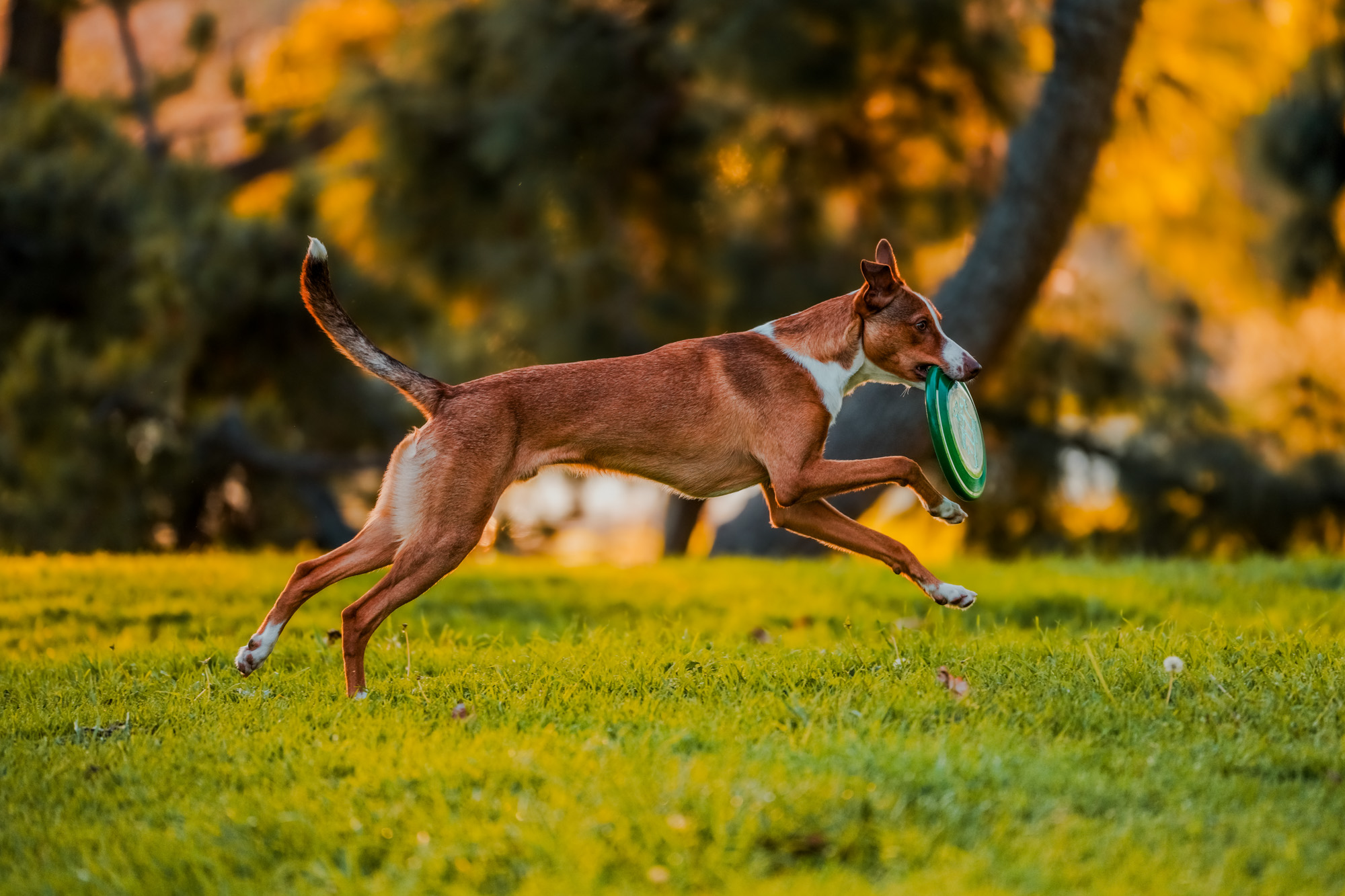

Image quality and final thoughts
Upon looking through the images on my computer at home, there is no questioning the quality. The shots are sharp, crisp, vibrant, beautiful, and everything you could possibly want in your lens. The bokeh and shallow depth of field fall-off is so natural, creamy, and stunning. I believe in getting it right in-camera, and this lens makes that a breeze – minimal editing needed (and even then, the only editing I’m doing is playing with a few colors to match my style preference).
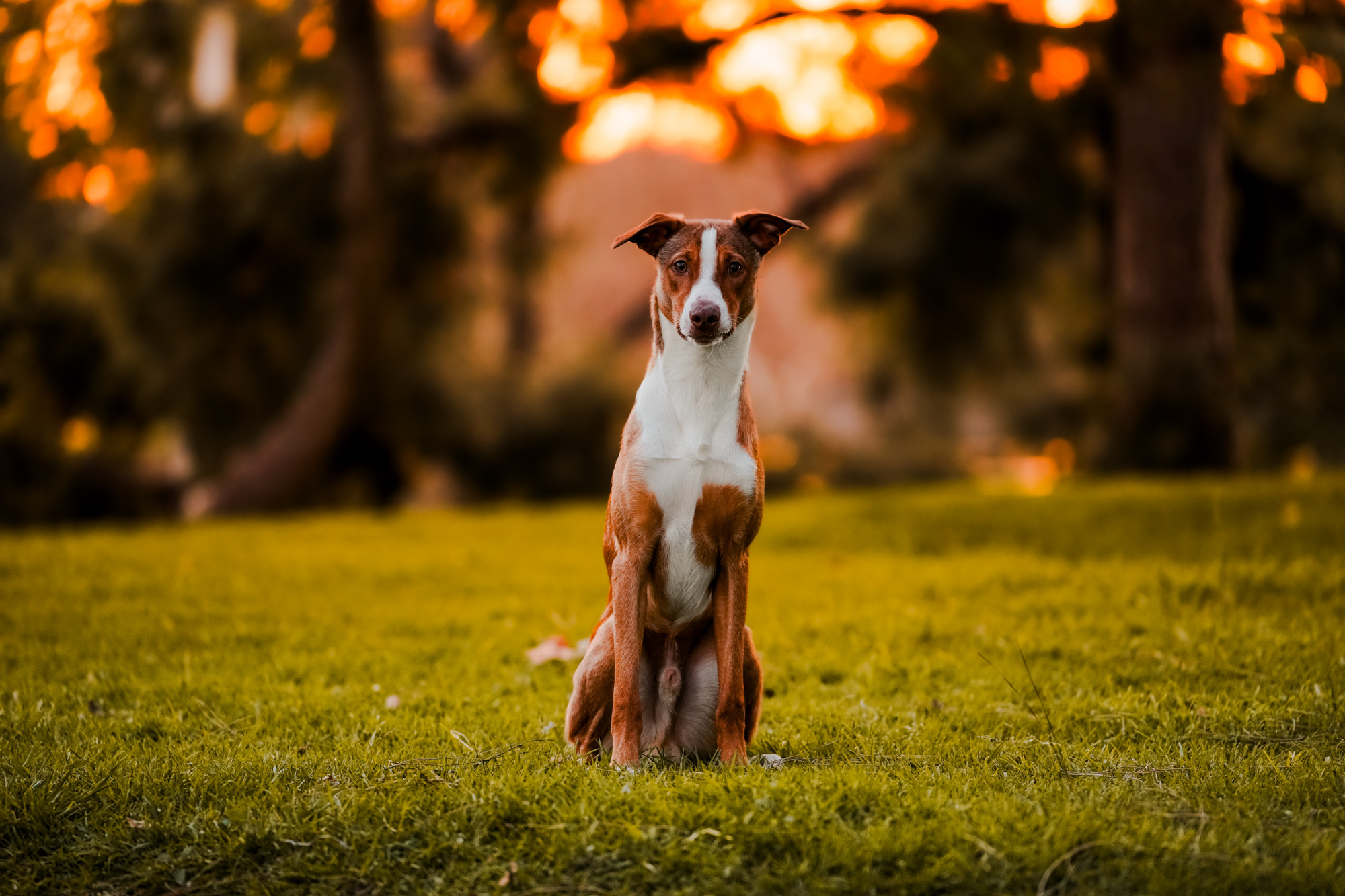

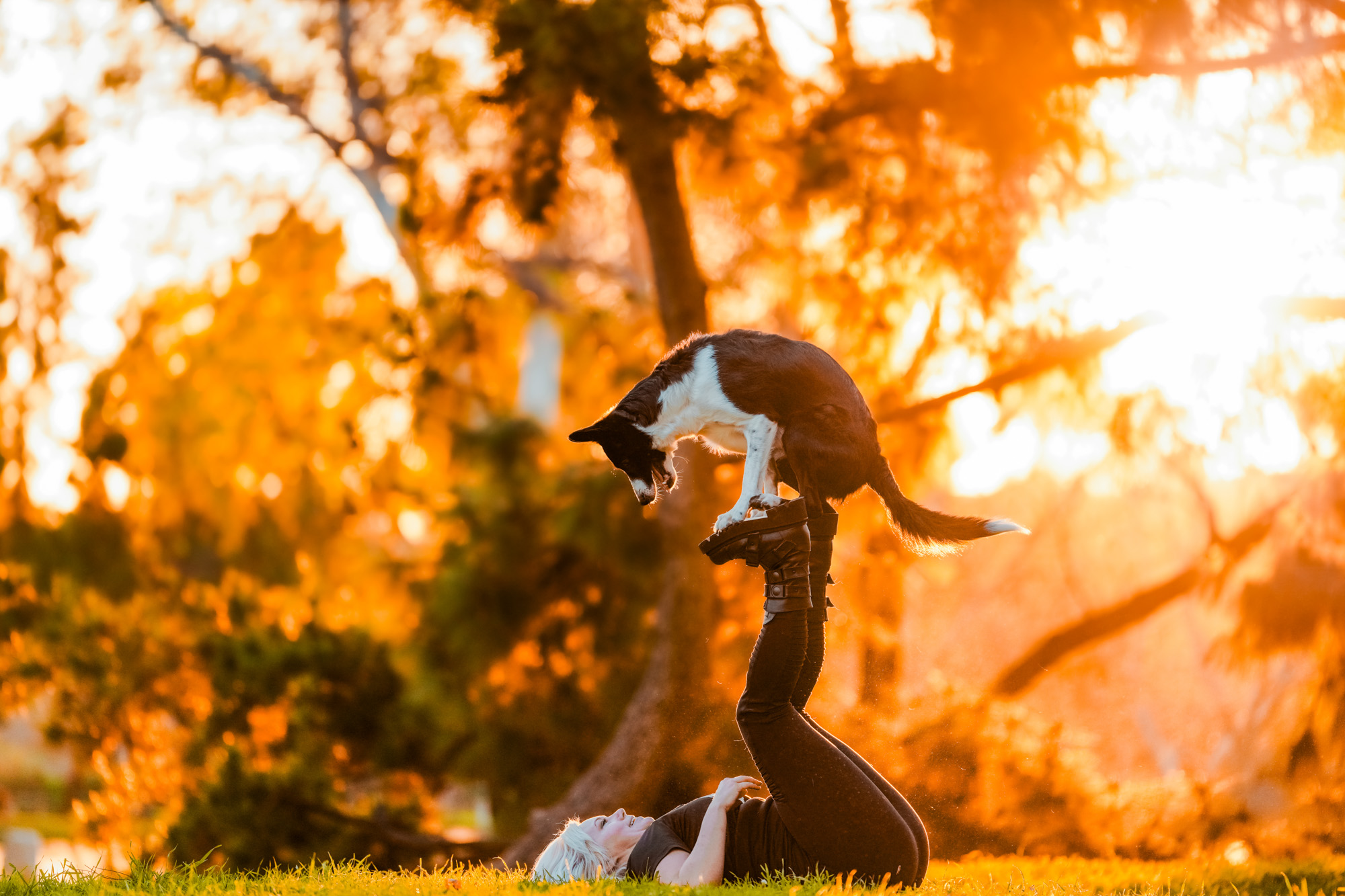
From action to portraiture, wildlife to domestic animals, there is a reason that this particular focal range is so widely used (and beloved!). The SIGMA 70-200mm F2.8 DG DN OS | Sports really is the perfect all-around telephoto lens, and allows me to provide my clients with a variety of shots quickly.
Equally, the 70-200mm makes a great companion to both the SIGMA 14-24mm F2.8 DG DN | Art and the SIGMA 24-70mm F2.8 DG DN | Art – the trio gives you a magnificent focal length range! The matching consistent F2.8 apertures keep everything flowing between the three, so swapping focal lengths without changing camera settings is easy (especially when high-flying dogs are around). There is pretty much nothing this club can’t tackle.
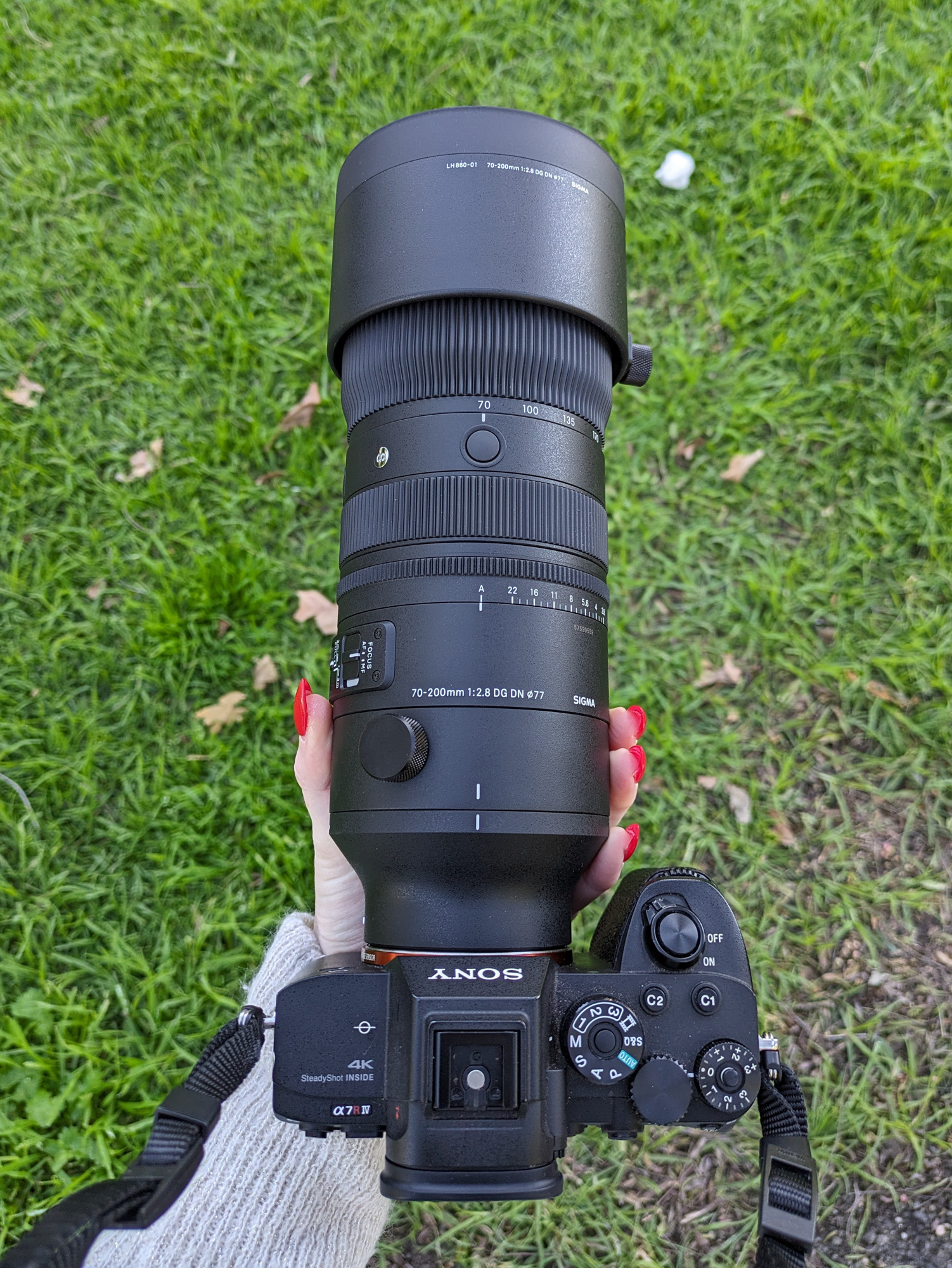
Learn more and order yours!
available for Sony E-mount and L-Mount

